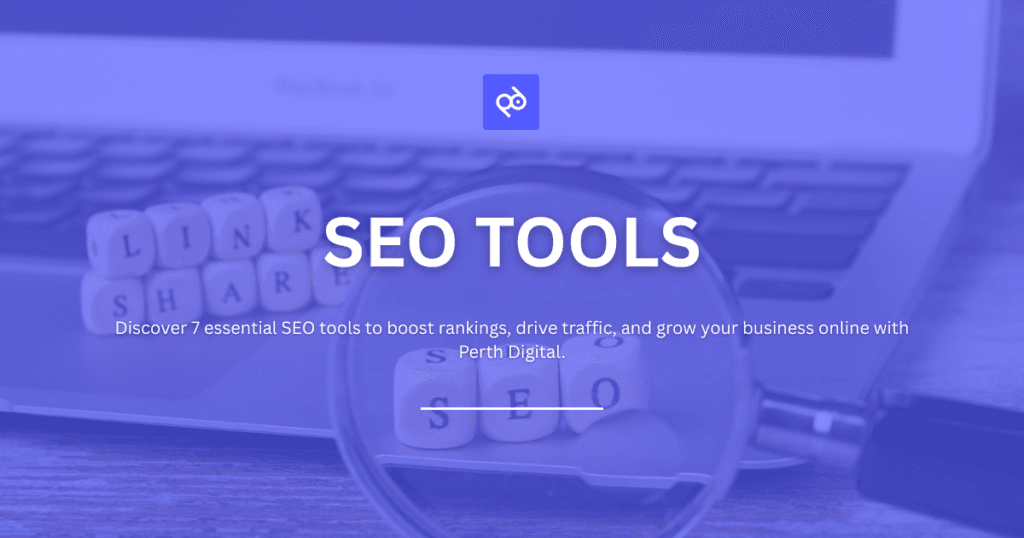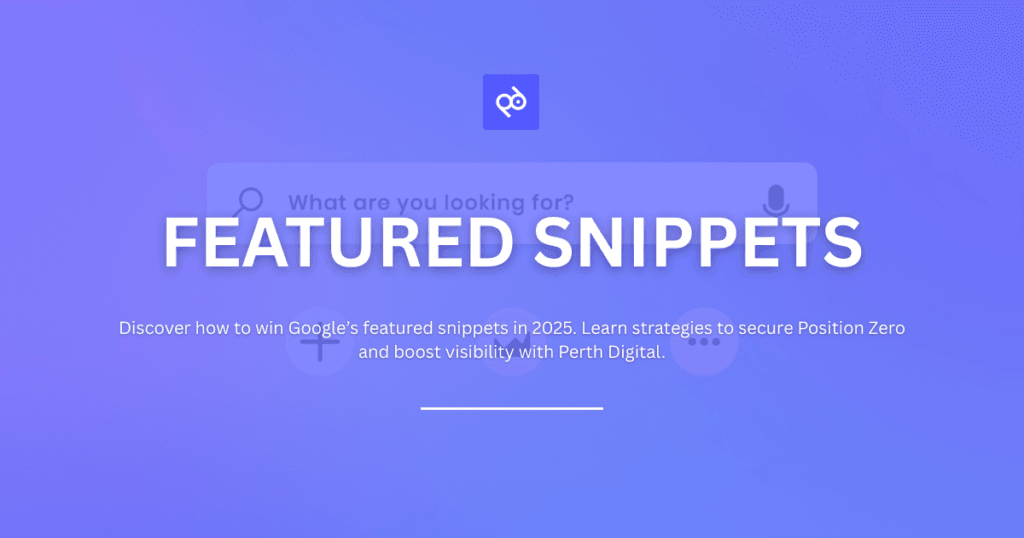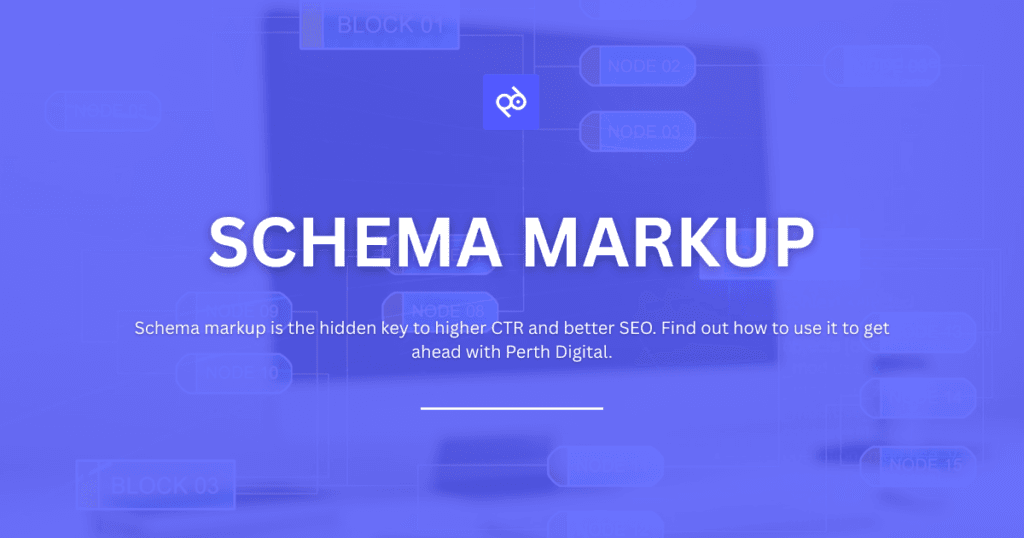When you search online, Google evaluates multiple signals to determine which websites deserve the top positions. These signals, known as on-page SEO factors, help search engines understand, index, and rank your content effectively.
By optimising your on-page SEO, you enhance your website’s visibility, draw in organic traffic, and improve your chances of ranking higher. Let’s break down the most critical on-page SEO elements that can elevate your site’s performance.
1. Content is King: The Cornerstone of On-Page SEO
Quality content is the foundation of every successful on-page SEO strategy. Without valuable and engaging content, even the best technical optimisations won’t help your site rank.
Your content should always prioritise user-friendliness. Use clear, conversational language and simplify complex ideas into easy-to-understand sections. Adding bullet points, subheadings, and visuals improves readability and helps retain users’ attention.
Establishing expertise and value is equally important. Position your brand as a trusted voice by conducting in-depth research, citing credible sources, and offering actionable insights. Data, statistics, and real-world examples boost both user trust and search engine credibility.
To rank well, your content must provide depth and comprehensiveness. Avoid shallow overviews and aim to answer all possible user queries. Cover each topic thoroughly, leaving readers with no reason to look elsewhere for answers.
Content freshness also matters. Regularly updating your existing pages with new facts, data, or trends keeps your site relevant in the eyes of both users and search engines.
2. Keyword Targeting: The Language Search Engines Understand
Successful on-page SEO starts with proper keyword research. Using tools like Google Keyword Planner or SEMrush, identify high-volume, low-competition terms that match your audience’s needs.
Understanding search intent is crucial. Determine whether users are looking for information, products, or solutions when they search for your chosen keywords. Aligning your content with their intent ensures better engagement and higher rankings.
Once you’ve identified your keywords, focus on strategic keyword integration. Incorporate them naturally into titles, headings, meta descriptions, and body text without overstuffing. Your goal is to create a seamless reading experience while signalling relevance to search engines.
3. Keyword Placement: Strategize, Don’t Spam
Even with the right keywords, placement matters. Use your primary keyword in strategic areas like the title tag, the first 100 words of your content, subheadings, and the page URL. Sprinkle them naturally throughout the content, ensuring they fit the context rather than feeling forced.
Avoid keyword stuffing, as this not only disrupts readability but can also harm your search rankings. Think of keywords as guideposts that help both search engines and users understand your page’s topic.
4. Compelling Title Tags: Your First Impression Matters
A title tag is your first chance to grab attention in search results. It serves as both a ranking factor and a preview of your content for users.
Start with keyword optimization by including your main keyword naturally, preferably at the beginning of the title tag.
Keep your title concise and under 60 characters, ensuring it displays fully in search results. A truncated title can weaken your message and reduce click-through rates.
Every page should have a unique title tag. Avoid duplication by tailoring each title to reflect the specific content on that page.
Finally, craft your titles using actionable language and emotional triggers. Words like “Boost,” “Discover,” or “Proven” can make your listing stand out among competitors.
5. Meta Descriptions That Entice Clicks
While meta descriptions don’t directly influence rankings, they significantly affect click-through rates (CTR). A strong meta description acts as a mini sales pitch for your page.
Include your primary keyword naturally to signal relevance and match user intent.
Keep descriptions concise, between 120 to 160 characters, so they display correctly across all devices.
Use action-oriented language such as “Learn,” “Explore,” or “Find out” to inspire users to click through. Adding emotional appeal, like urgency or curiosity, makes your link even more compelling.
Lastly, make each meta description unique to avoid duplication and ensure your messaging reflects each page’s content.
6. Headings and Subheadings: Structuring for Clarity
Headings and subheadings make your content scannable and user-friendly. A clear heading structure (H1 for titles, followed by H2 and H3 for subtopics) helps both readers and search engines understand the hierarchy of your content.
Incorporate relevant keywords into your headings to reinforce topical relevance. This small step strengthens your on-page SEO without sacrificing readability.
Well-structured headings also make complex topics easier to digest by breaking them into smaller, manageable sections.
7. Internal Linking: Weaving the Web of Your Website
Internal linking guides users through your content while helping search engines understand the structure of your website.
Focus on contextual relevance, link only to pages that are closely related to the topic being discussed.
Use descriptive anchor text instead of generic terms like “click here.” This not only improves user experience but also provides search engines with clues about the linked page’s content.
Strategically distribute links throughout your content rather than grouping them at the bottom. This creates a smooth, user-friendly navigation experience.
8. Images and Multimedia: Enhancing Engagement
Visual elements improve user engagement but require proper optimisation for on-page SEO.
Start with image optimisation by compressing file sizes to improve page loading speeds. Slow-loading pages frustrate users and negatively affect rankings.
Add descriptive alt text for every image. This improves accessibility for visually impaired users and allows search engines to understand image content.
Choose images and multimedia that are relevant and valuable. Avoid generic stock photos that add no real meaning to the page.
9. URL Structure: Enhancing User Experience and SEO
Your URL should be simple, clear, and descriptive. Long or overly complex URLs can confuse both users and search engines.
Including keywords in your URL can provide a slight SEO boost, but always prioritise readability over keyword stuffing.
A logical and hierarchical structure makes it easier for visitors to understand your site’s layout and find related content.
10. Technical SEO Considerations
Technical SEO lays the groundwork for effective on-page SEO.
Fast website speed is non-negotiable. Compress images, remove unnecessary scripts, and use caching tools to reduce loading times.
Ensure your site is mobile-friendly. With mobile-first indexing, Google prioritises mobile-optimised websites for ranking.
Implement structured data markup (schema) to help search engines better interpret your content, potentially earning rich snippets that enhance visibility.
Staying Ahead with On-Page SEO
On-page SEO isn’t a one-time task; it’s an ongoing process. Regular content updates ensure your pages remain fresh and relevant, while analytics tools help identify what’s working and what needs adjustment.
Keep track of Google algorithm updates and refine your strategy to stay compliant. Optimising for Core Web Vitals, such as page speed and interactivity, ensures that both users and search engines have a smooth experience on your site.
By experimenting with new content formats, improving internal linking, and focusing on user intent, you can consistently strengthen your on-page SEO performance.
Conclusion
On-page SEO is the foundation of search visibility. By optimising content, keywords, technical elements, and user experience, you build a website that not only ranks but also resonates with your audience.
If you want expert guidance to perfect your on-page SEO strategy, Perth Digital is here to help. Our team specialises in crafting tailored SEO solutions that boost rankings, improve traffic, and increase conversions. Contact Perth Digital today to unlock your site’s full potential.



